Bushfires in Victoria: Causes, Preparedness, and Essential Safety Tips
Victoria, known for its stunning landscapes and diverse ecosystems, faces the ongoing threat of bushfires. Each year, these fires impact thousands of acres of land and disrupt lives. As one of Australia’s most bushfire-prone regions, Victoria is no stranger to these intense natural disasters. However, the increasing frequency and intensity of bushfires, driven by climate change, present growing challenges. In this blog, we will provide vital information about the current bushfire in Victoria, explore the causes of these fires, and offer practical tips on how to prepare for, respond to, and recover from a bushfire.
Current Bushfire Situation in Victoria
Victoria is experiencing a critical bushfire season, with several areas actively battling fires. As of April 2025, authorities have issued multiple warnings for regions across the state, particularly in the central and eastern parts. The CFA (Country Fire Authority) is working tirelessly to contain these fires, but their unpredictable nature, combined with high temperatures and strong winds, makes control difficult.
According to reports, the current bushfire season has already caused significant damage, affecting large portions of land. The impact of bushfires goes beyond just property loss — it affects local wildlife, air quality, livelihoods, and entire communities. Firefighters and emergency services remain on high alert, continually updating fire warnings and providing guidance to residents. Authorities urge everyone to stay informed and act swiftly when necessary.
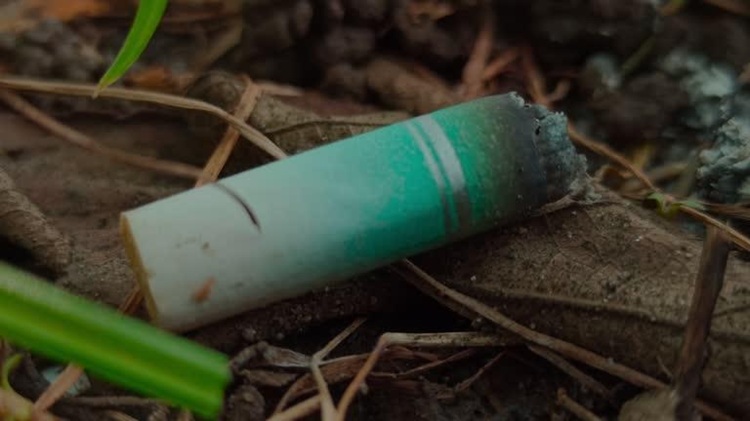

Causes of Bushfires in Victoria
It's important to understand what causes bushfires so we can reduce the risks and prevent them from turning into major disasters. Several factors contribute to bushfires in Victoria, including:It's important to understand what causes bushfires so we can reduce the risks and prevent them from turning into major disasters. Several factors contribute to bushfires in Victoria, including:
1. Natural Causes:
Lightning Strikes: One of the most common natural causes of bushfires, lightning strikes can ignite dry vegetation, especially during high heat and low humidity conditions.
Spontaneous Combustion: Certain conditions, such as a combination of high temperatures and dry vegetation, can cause materials like dry grass to spontaneously ignite.
2. Human Causes:
Arson: Unfortunately, deliberate human activity remains a major cause of bushfires. Arsonists often set fires intentionally, resulting in widespread damage and loss of life.
Negligence: Unattended campfires, discarded cigarette butts, and machinery malfunctions can also start fires unintentionally.
3. Climate Change:
Climate change plays a significant role in the increasing intensity and frequency of bushfires. Rising temperatures, prolonged droughts, and shifting weather patterns create ideal conditions for fires to spread quickly.
Most Affected Areas in Victoria (And Where to Track Updates)
Given the current bushfire situation in Victoria, certain regions are already experiencing heightened fire activity and remain at greater risk. The following areas have been among the most affected or vulnerable during this critical bushfire season:
Gippsland Region: Known for its forests and rural landscapes, Gippsland regularly faces severe bushfire threats. The combination of dense vegetation and dry conditions increases fire risk.
Mallee Region: The flat, dry terrain of the Mallee makes it especially vulnerable to fires. The region’s susceptibility to drought exacerbates the problem.
The Grampians: This area, with its dense bushland and steep terrain, is another hotspot for bushfires, particularly during periods of high heat.
Central Victoria: Cities and towns like Bendigo and Ballarat often see bushfire activity due to human negligence combined with dry vegetation.
Where to Track Updates
During a bushfire emergency, it’s important to stay up to date. Here are the best sources for real-time updates:
Victoria’s Emergency Management Website: This government site offers live fire updates, evacuation advice, and essential safety information. You can also check the Victoria bushfire map here to track fire locations and danger zones in real time.
CFA Website and App: The Country Fire Authority provides accurate, up-to-the-minute fire alerts, maps, and real-time warnings.
Social Media: Local authorities and community groups actively post live updates on platforms like Facebook, Twitter, and Instagram, ensuring everyone has access to the latest information.

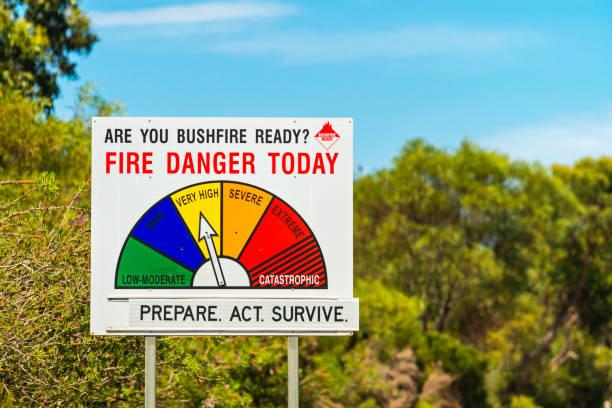
How to Prepare for a Bushfire in Victoria
Bushfires can move fast, which is why it pays to be prepared. Let’s go through some simple steps to help you stay safe.
1. Create a Bushfire Survival Plan
Identify two or three possible escape routes from your home. If one path isn’t safe because of fire or smoke, it’s always good to have another way out. Use Google Maps to plan these routes and take note of possible roadblocks, like hills or trees, that could be difficult to navigate during a fire.
Choose a safe location where your family can meet if separated. This could be a relative’s house, a local park, or a community center. Ensure it's far enough away from fire-prone areas. Mark this meeting point on a map and make sure every family member knows how to get there.
Practice evacuating your home and meeting at the designated point. Have a "fire drill" every three months to ensure everyone is familiar with the plan, including pets.
2. Prepare Your Property
Clear vegetation and flammable materials around your home. Cut back trees, bushes, and shrubs. Clear leaves, twigs, and any other combustible material from gutters and around your home. Keep a 20-meter clearance zone free of any dead plants, leaves, or trees. This can slow the spread of fire toward your house. If you live in a rural area, consider installing gravel or dirt roads around the perimeter of your property as firebreaks.
Install fire-resistant shutters or use toughened glass windows. If you can’t afford shutters, you can use fire-resistant mesh to cover windows. Ensure window seals are tight and repair any cracks, as even a small opening can let in embers that may ignite your home.
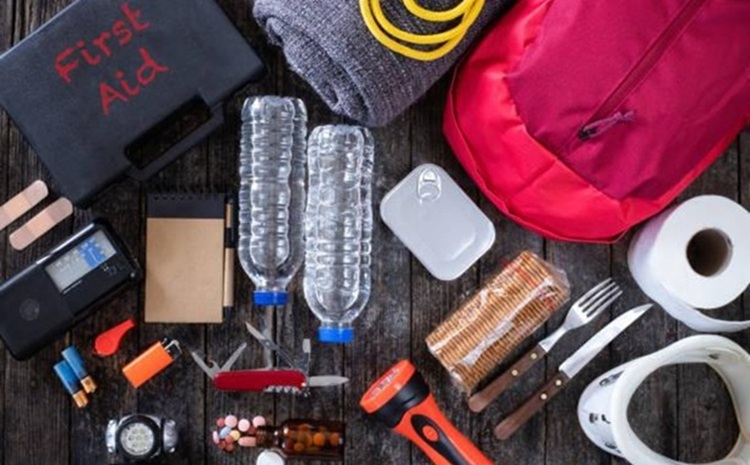

3. Prepare an Emergency Kit
Your emergency kit should contain everything you need to survive for at least 72 hours. Here’s what to pack:
Water and Food: Ensure you have enough water for everyone (at least 3 liters per person per day) and non-perishable food like energy bars, canned goods, and dried fruit. Store food that doesn’t need cooking, but keep a portable stove and fuel canisters handy in case you need to heat meals while evacuated.
First-Aid Kit: Pack essentials like bandages, antiseptic wipes, pain relievers, and any prescription medications. It’s also smart to keep copies of your prescriptions and medical records in case you need them during evacuation.
Essential Documents: Pack important documents like birth certificates, passports, insurance papers, and property deeds in a waterproof container.
Flashlights and Batteries: Power outages are common during bushfires. Keep at least two flashlights and extra batteries in your kit. A solar-powered or hand-crank flashlight is ideal if you want to reduce battery dependence.
Portable Power Source: When the power’s out during a bushfire, having access to power isn’t just convenient — it can make all the difference. The EcoFlow DELTA 2 Portable Power Station is a handy backup with 1024Wh capacity, powering up to 13 devices — from phones to small appliances like a fridge. It recharges quickly via wall socket or a solar panel. Make sure to choose the right backup generator size to cover all your essential appliances and keep your home running smoothly during an outage.
Personal Items: Don’t forget necessary personal items like a change of clothes, toiletries, and any items your family members need to stay comfortable during evacuation.
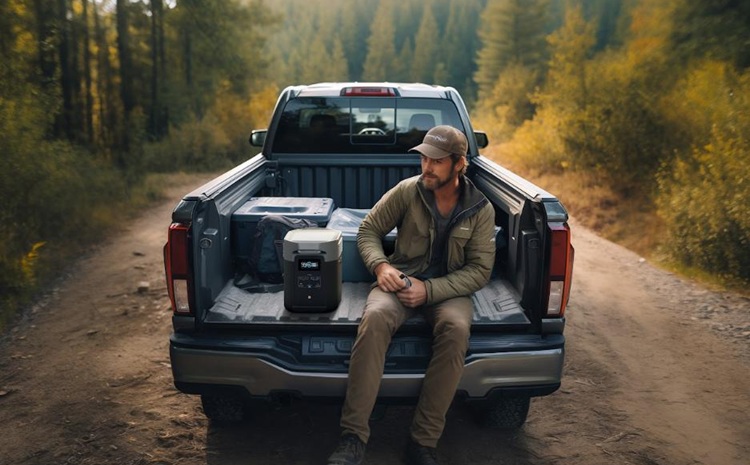

4. Stay Informed
Download official fire tracking apps, like the CFA FireReady app or the VicEmergency app, so you’ll never miss real-time updates or bushfire warnings Victoria authorities issue in real-time.
Tune in to local radio stations for ongoing updates. Follow your local emergency services on social media platforms like Twitter and Facebook for immediate notifications.
What to Do During an Active Bushfire
If you find yourself in the middle of an active bushfire, following these actions can save your life.
1. Evacuate Immediately
If you’re in an evacuation zone, don’t wait — leave early. Take your emergency kit, pets, important documents, and plenty of water. Wildfires can move fast, and leaving sooner helps you avoid traffic and danger. If you live in a rural area, it’s smart to head out long before the fire gets close, even if there’s no official warning yet. It’s always better to be safe than stuck.
2. Stay Indoors if Evacuation Is Not Possible
If you can’t evacuate, stay indoors. Close all windows, doors, and vents, and seal gaps under doors with wet towels to keep smoke out. Turn off electrical appliances to prevent sparks. Stay in the room farthest from the fire, and close the curtains — they can help block some of the heat.
3. Listen to Authorities
Follow updates from the CFA and other emergency services. Always trust the advice of authorities, whether it's about evacuation routes or sheltering in place.
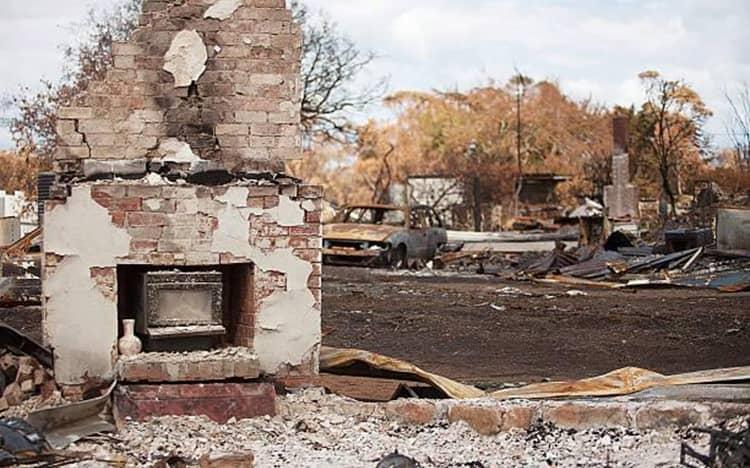

What to Do After a Bushfire
The fire might be out, but there are still some really important steps to take before everything’s truly safe and sound again.
1. Wait for the "All Clear" Signal
Don’t return to your property until emergency services declare it safe. Fires can still smolder in the aftermath, and returning too soon could expose you to danger. We urge you to wait for the official “all clear” before heading back.
2. Inspect Your Property Carefully
Once authorities give the green light, inspect your property for damage. Look for fallen trees, structural damage, and any other potential fire hazards. If necessary, hire a professional to evaluate your home for safety.
3. Avoid Burned Areas and Stay Away from Hazards
Be cautious when re-entering burned areas. The terrain may be unstable, and hazards like downed power lines can still pose a risk. If you notice anything dangerous, contact emergency services immediately.
4. Follow Recovery Guidelines
Authorities and support organizations will offer resources to help you recover. We suggest reaching out to local agencies for assistance with cleanup, financial support, and mental health resources.
Conclusion
Bushfires in Victoria pose a significant threat each year, but you can stay safe with the right knowledge and preparation. By understanding the causes of bushfires, staying informed about current conditions, and following safety protocols, you can protect yourself and your loved ones. It’s also a smart idea to think about getting home battery backup solutions or a home backup generator. When bushfires hit and the power goes out — sometimes for days — having your own backup power means you can still charge your phone, keep the lights on, or even run your fridge. Always remember, being prepared is one of the best ways to keep your family safe during Victoria’s bushfire season.
FAQs
What was the worst Victorian bushfire?
The 2009 Black Saturday bushfires are considered the worst in Victoria’s history. These fires resulted in 173 fatalities and destroyed over 2,000 homes. They remain one of the deadliest bushfire events in Australia’s history.
Where can I find real-time updates during a bushfire?
For live updates on bushfires in Victoria, check the Victoria Emergency Management website, the CFA website and app, and social media platforms like Twitter and Facebook for immediate alerts and evacuation information.
What should I include in my bushfire survival plan?
Your bushfire survival plan should include: Escape routes, emergency contacts, a meeting point for your family, and an emergency kit with essentials like water, food, a first-aid kit, medications, and important documents. By preparing in advance, you can help ensure your safety during a bushfire emergency in Victoria.